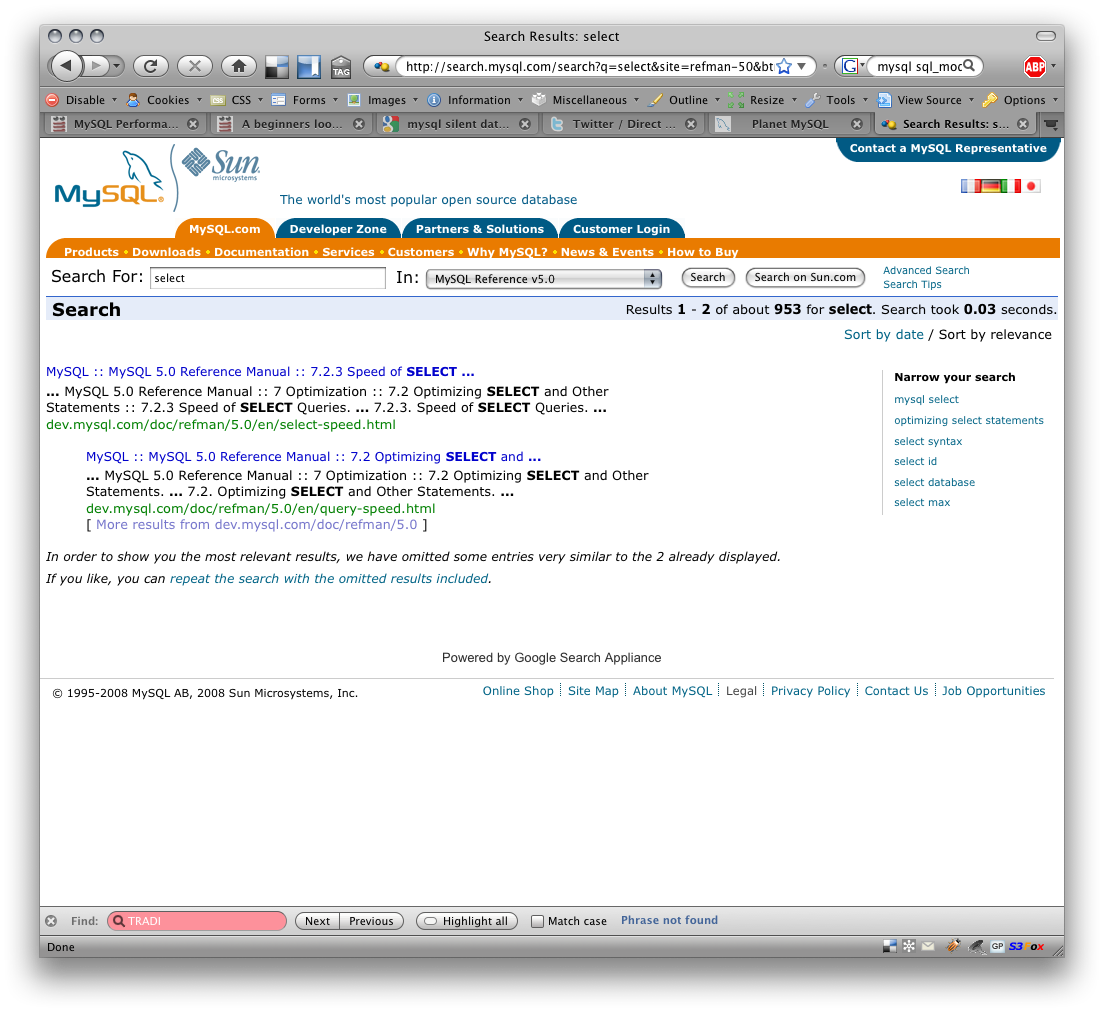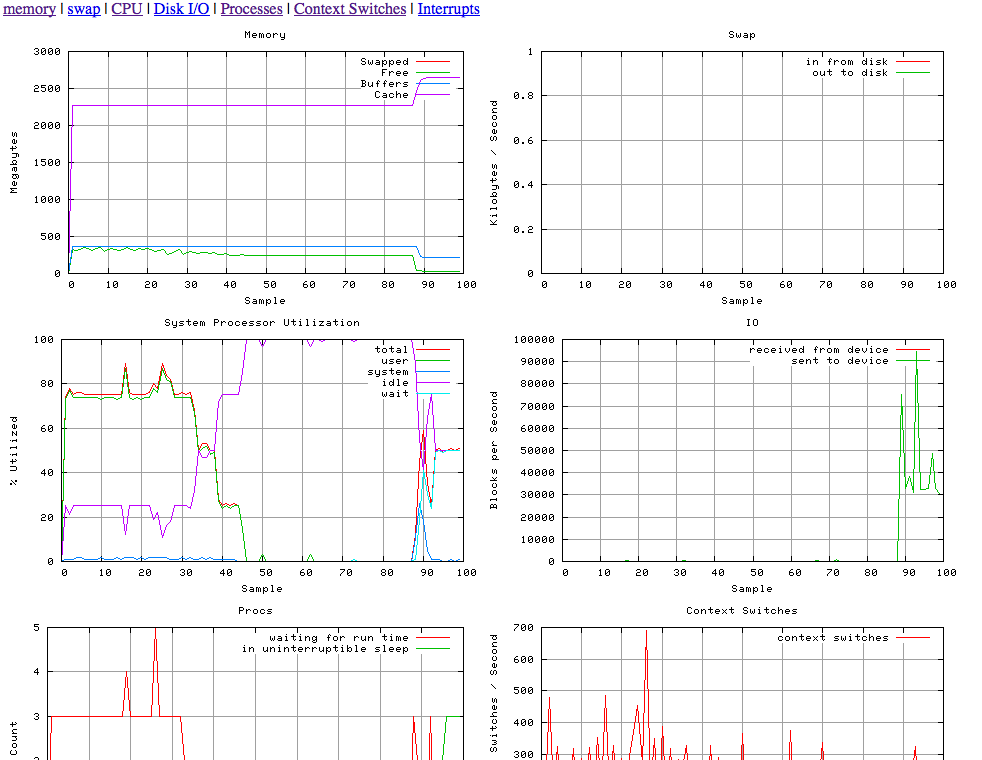I’ve just successfully configured Drizzle with the PHP Extension and successfully retrieve data to present on a web page.
Qudos to Eric Day for his work. I was able to identify a problem with the current tar release, and a quick confirmation on #drizzle at IRC confirmed a fix had already been commited.
I’m looking forward to evaluating WordPress and Drupal, two popular and common LAMP stack applications that run on MySQL, and to provide any feedback to the community for future support of Drizzle.



 Percona is a major player in providing services to the MySQL eco-system, the failure to include Percona speakers such as
Percona is a major player in providing services to the MySQL eco-system, the failure to include Percona speakers such as 